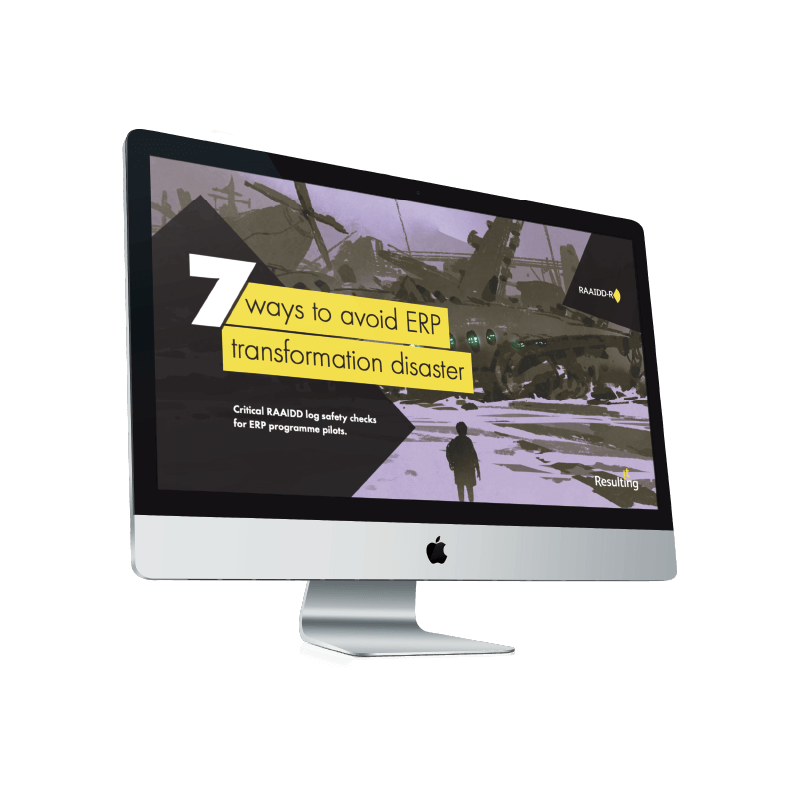7 Project Planning Tips to prepare for SAP, S/4HANA and ERP Programmes
Our SAP research shows that getting your S/4HANA business case signed off can be a challenge in itself.
But success! You’ve got the Programme signed off and now you’re thinking “what next?”.
Here are 7 SAP Project planning tips you should take before you start your S/4HANA Programme.

1. Start on the right foot with a plan on a page.
One thing that’s a given for your S/4HANA migration (or any ERP Programme) is that you’re going to need a plan. Easy right?
But before you dive into MS Projects to assign roles and set deadlines, you should pause a moment to think about what the function of a plan is at this early stage.
After all, we all know these plans will inevitably change - so it’s safe to say the SAP Project plan you create today isn’t really about setting hard dates.
So why plan at all if it’s just going to change?
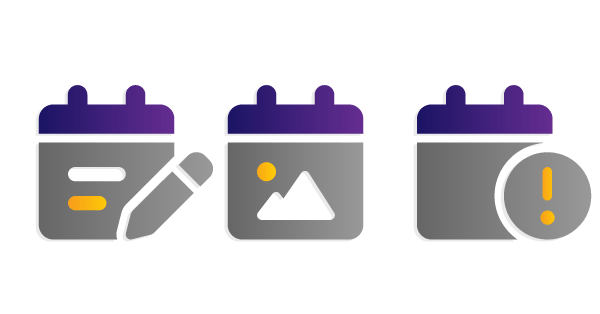
At this point in your S/4HANA Programme a good plan will serve 2 vital functions.
It helps you to think
Where are we now and where do we want to end up? What kind of skills do we need on an S/4HANA migration project and when will we need them? What dependencies are there?
These are the kind of questions this early stage plan will flush out. It will help you to think long-term and decide what you can do today to set up for future success.
It helps you communicate
The first tool you have in your communication toolkit is your SAP business case. This tells people why the project matters.
The second tool in your communication toolkit is your SAP Project plan. This tells people how you’re going to get it done.
The Project plan you write at this early stage shouldn’t be complex and iron clad - it needs to be high level, highly visual, and something you can use when you’re explaining the Programme to the wider business.
So what kind of plan do you need?
You should start every SAP Project with a plan on a page (PoaP). This should be visual and easy to understand; the starting point for further more detailed planning.
- You should aim to roughly plan in the key SAP Project phases and stage gates.
- You should know when key activities like training and testing will take place so you can have environments and data available. (A hint here - both training and testing should probably start way earlier than you think).
- You should know the key work streams and the key milestones so you can map in dependencies.
Any further detail will come later.
And remember - keep your plan on a page live. Keep updating it as things change and you can keep using it as a communication tool.
Even when you have your final highly detailed Project plan your PoaP is still a powerful overview of status and what’s next.
2. Build an SAP Project team for the long-term
Once you get the go ahead for your S/4HANA migration programme (or any ERP programme), it can be tempting to jump in right away and start appointing people for the first phase of your Project - be it Solution Architects, Project Managers or even instructing the procurement team to choose a Systems Integrator.
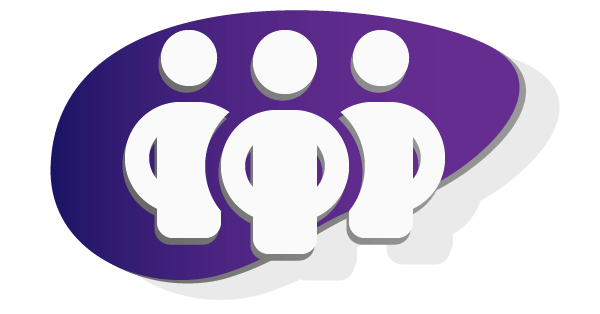
And while it’s normal to want to make good early progress, you’ve got to think long term.
The SAP Programme you’re planning could run for years - so getting a few weeks headstart won’t make much difference.
Thinking long term, your first Project hires should be your core Project team. This includes leadership to govern, business people to clarify the asks, and PMO to control.
Getting the PMO in place early will set you up for long term SAP Programme success.
Not only will these people manage the programme plan and risks and dependencies - they are the ones who look beyond the horizon - taking steps today that set you up for future success. Often, these are the kind of things other people just wouldn’t consider at this early stage.
They’ll also help you understand the required roles in your SAP Project plan and get the right people in at the right time.
While other people will come and go on your Programme — or become the star performer for a certain phase — your SAP Project team is the backbone.
They’re the ones who will be there through thick and thin, leading the way, looking to the future.
They’re the first people you should be recruiting onto your Programme.
3. Focus on SAP adoption and winning business buy-in
In the SAP Success Report we discovered that a high adoption focus is the most important thing when it comes to running a successful ERP programme.
But adoption is about SAP training and change management, right? Doesn’t that all happen after go-live?
This is what your SI might have you believe (more on them later) - but it isn't the truth.
If you want to drive adoption on your SAP Programme you’re going to have to take matters into your own hands.
If you want people to truly adopt and use your SAP system as intended then adoption needs to start on day one.
So what can you do today to drive a high adoption focus on your Programme?
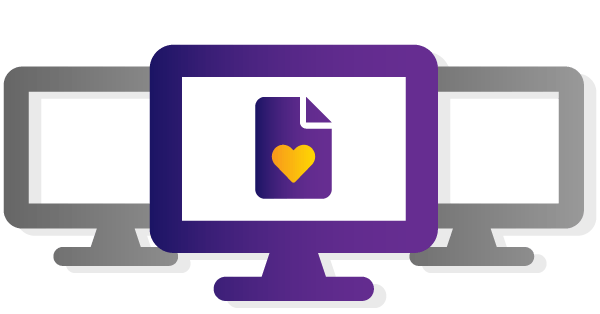
- Engage the business early in the programme, co-opting them onto the Programme team and involving them in decision making
- Getting, strong confident Programme sponsorship from a senior business figure like the CEO or CFO
- Get the messaging and communication on the Project right. Invest in a high value communication strategy to really sell the benefits of the Programme to the business
- Create ‘space’ for Project change roles - don’t just add them to someone’s day job.
- Choose and implement SAP training tools early so you can show people the system as soon as possible.
By focusing on adoption from day one, you show business people the benefits of the project and they don’t just see it as another nuisance.
This is key to getting business buy-in, and eventual programme success.
Find out more about adoption strategies in our ERP and SAP Change management and Training Guide.
4. Decide how your Systems Integrator will support your SAP Project Plan
At some point, you’re going to have to bring in a Systems Integrator to deliver your Programme. This is always a scary thought as it means handing over the reins to someone external.
But there are things you can do today to choose the right SI and make sure the relationship runs as smoothly as possible.
The first question you’ve got to ask yourself is “what help do I need”?
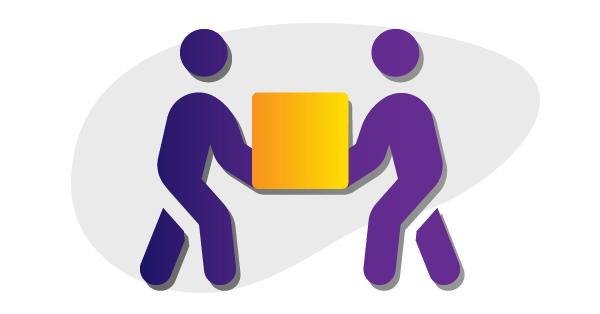
If you fail to ask this question you can easily end up with an SI running every part of your Programme - using a land and expand approach until they make up the majority of your programme team.
This isn’t the right approach - your SI exists to deliver your ERP Programme but they shouldn’t run the show.
So ask yourself - what do you need from an SI?
Do you need them to do the planning - or do you want them to support you on your Project plan?
If they give you a plan, how do you know if it’s accurate and achievable?
Do you want entire teams filled with their people - or do you want to use a blended approach and keep your people involved every step of the way?
Do you want them to help design business processes or should they stick to the tech side of things?
At the end of the day It’s your solution, your processes and your people - you need to be clear on the ‘asks’ of your delivery partner and challenge their responses.
One of the best things you can do in the early stages of a Programme is to get some independent advice from a company who has been there before.
You need an independent advisor — a trusted ally who can help you choose a vendor that is the right cultural fit for your business.
They will be able to tell you where you have gaps in your team, what roles you should hand-off to an SI and what you should keep in house.
And, they can help you manage that vendor relationship going forwards.
Your SI can be your best friend or your worst nightmare on a Project. Don’t walk blindly into an SI relationship - take steps now to find the right partner.
5. Have an integrated SAP Data Migration Strategy
We’ve already talked a little bit about which roles you should fill first on your ERP Programme.
One role that’s vital to fill early on - but often gets left too late - is that of Data Migration Manager.
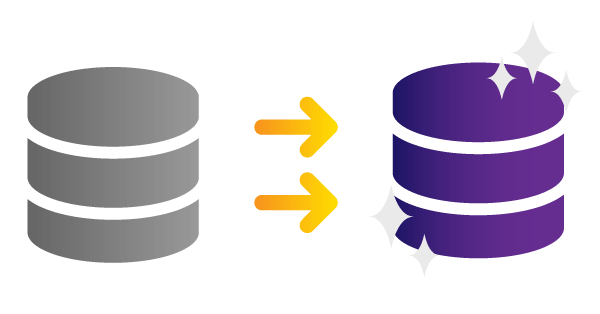
But why should we be thinking about data migration so early? After all, we don’t even have a system to put the data in yet.
Your SAP system is only as good as the data it’s built on, so a comprehensive and joined up data strategy is vital to the success of your Programme.
A Data Migration Manager will take ownership of this data strategy - and they need to start working on it straight away.
For example, what do you need to do with the data? Will you "lift and shift" or are you doing a data cleanse? A data cleanse will take more time.
If you’re running an S/4HANA migration the decision to take a greenfield, brownfield or bluefield migration approach will also have a massive effect on your data strategy.
And remember, you can’t just take it for granted that your SI’s data tool will solve all your problems. This is a product they’re trying to sell to you. You should treat any claims they make as those of a salesman, not a friend.
Data is the new oil — it’s your most valuable business commodity. It’s your responsibility to get your data strategy right so start thinking about it on day one.
Do this by appointing an expert data migration lead.
6. Create a test strategy early for SAP project success
When it comes to SAP Projects, testing faces many of the same challenges we’ve just covered with data.
It’s not very cool or exciting and it often gets left until the last minute.
And, similarly to data, you might think there’s little you can do with testing until your system is nearly ready and you’ve got something to test.
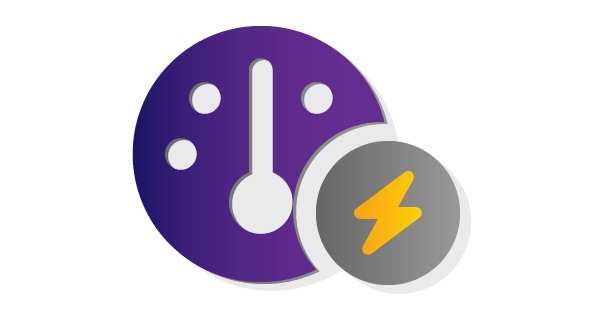
But there are a few reasons you should be creating and implementing a test strategy as soon as you sign off the business case for your SAP Programme.
The first is that testing has multiple phases and these have dependencies on environments being available and data being ready.
In addition, UAT demands a lot of resources from the business and needs to be planned well in advance.
A good option is to implement test automation. You can start using automated testing tools almost straight away - and once you’ve built your test packs it’s easy to run them time and again throughout the life of the Programme to ensure you’re not releasing any defects into the system.
This has a big impact when it comes to reducing Programme delays.
Test automation means you find and fix defects much earlier than you would with manual testing at the end of a programme.
You can find out more about how implementing test automation early can radically transform your ERP Programme delivery in our ERP test automation guide.
7. Embed the business case into your SAP Project Plan
This guide has been about what to do once you’ve signed off your SAP or S/4HANA business case.
Writing the business case and getting it signed off can feel like a Project in itself, so once it’s done you’re probably chomping at the bit to start the real work.
The last thing you want to do is spend more time on the business case - but this is a massive mistake.
As we talked about with the plan, your business case is one of the best communication tools you’ve got on your Programme.
It’s vital when you want to explain what your Programme is and why it matters to the wider business.
Your business case also captures the business context at the time the Project was signed off, and the value the Programme is expected to deliver.
This idea of context is vital.
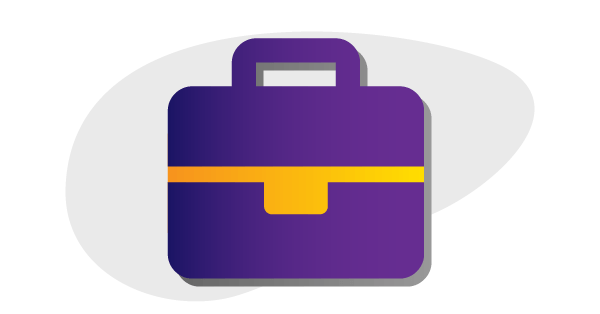
Your Programme might run for a number of years and in that time the business context will change massively.
If you hide your business case under the rug the second it’s signed off, when you find it again come go-live you’ll be in a completely different business world.
Even worse, your shiny new ERP system will be tailored to the needs of the business way back when the business case was written.
It won’t be the ERP system your business needs today.
So what can you do? Are you fated to an ERP system that is slightly behind the times?
You solve this problem by embedding the business case into the Programme from day one.
Rather than thinking of it as something that precedes the Programme, think of it as something that is central to the Programme.
Your business case should become a living document that is constantly updated as the business context around you changes.
If you do this, come go-live your ERP system will provide exactly what the business needs at that moment - and you’ll be tracking the right KPIs to prove it.
It all comes from the business case - so keep the business case close to your heart.
What can you do today to ensure your SAP Programme’s success?
The 7 areas we’ve covered so far are great starting points when it comes to setting yourself up for SAP Programme success.
But even following these steps, an SAP Programme is a massive challenge.
SAP Programmes are some of the biggest and most expensive Programmes your business will ever run.
For something so mission critical and complicated we recommend an ERP Programme pre-flight check.
You can find out what that is and how it can help you here.
Or to talk to us about preparing your ERP Programme for success, get in touch with one of our planning experts here

7 ways to avoid ERP transformation disaster.
Once your programme is up and running you need a strong RAAIDD management process to keep you on track.
In this guide we share our top tips from programme governance that will help you deliver ERP transformation within your business.
